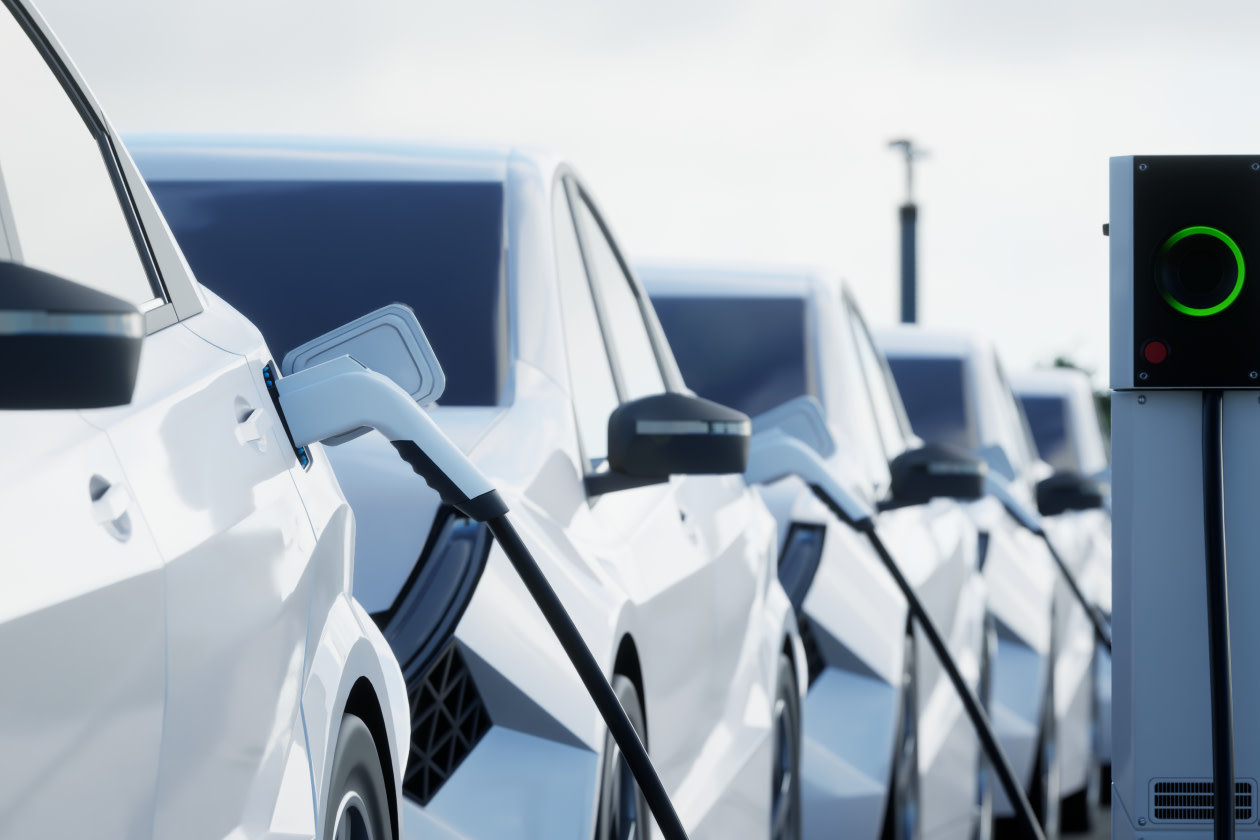Tesla’s second-quarter revenue fell 12% to $22.5bn. That was driven by a drop in vehicle deliveries, lower regulatory credits, and a decline in Energy average prices. Operating profit fell 42% to $923mn, as expected.
Free cash flow fell from $1.3bn to $146mn, impacted by lower profits and an increase in capital expenditures. There was a net cash balance, including leases, of $30.0bn at end of the quarter.
CEO Elon Musk cautioned that tough conditions could continue into 2026, before AI initiatives start to move the dial.
The more affordable model is expected to see volume production in the second half, with the Semi and Cybercab still on track for 2026. The Robotaxi operation is expected to expand in the near future.
The shares were down 6.0% in pre-market trading.
Our view
Second quarter results were broadly in line with expectations, with Tesla’s core business facing challenges from a tough EV market, tariff pressures, and the removal of EV and solar incentives. Markets reacted negatively to Elon Musk’s comment that a turnaround may not occur until mid-next year, though we think this was already the base case for most investors.
The upcoming quarters look tough. The refreshed Model Y is being rolled out, but it’s unlikely to boost volumes significantly. A new affordable model remains planned but is now likely delayed until year-end, as Tesla focuses on ramping Model 3 and Y production to meet demand accelerated by the $7,500 EV credit ending this quarter in the US.
That leaves the investment case leaning heavily on 2026 - most likely the back half - when meaningful revenue from autonomous vehicles is expected to kick in. The opportunity is significant, and Tesla is arguably one of the only companies capable of delivering autonomy at scale.
The Robotaxi launch in Austin is off to a solid start, with the original geofenced area already seeing its first expansion. Investors will now be looking for rapid scaling. Tesla’s vision-only approach is cheaper than rivals like Waymo, but it must prove its safety credentials and ability to expand fast. This will be the key catalyst for shares heading into the end of the year.
The more affordable model is likely to be a streamlined version of the Model Y. It’s not quite the disruptive new form some had hoped for, but if these versions can unlock new customer segments, it could be a net win - especially for maximizing output at current facilities.
Energy storage is another promising growth area that's already adding real value. It’s a lumpy business so quarter-on-quarter trends are less important, but the longer-term growth trajectory has been impressive. As AI evolves, global power needs look to be heading one way, and Tesla's product is well placed to hopefully benefit.
Further out, we have Tesla’s humanoid robot, Optimus. This has the potential to be a huge market, and the hope is that some orders start next year, but it's still very early days.
We still think Tesla has one of the best opportunities to capitalise on AI in the real world, through autonomous driving and further down the road, robotics. That said, Tesla is now operating more like a very well-funded early-stage growth company than a mature business; investors should be prepared for the additional risk that brings.
Environmental, social and governance (ESG) risk
Most of the auto industry falls into the medium-risk category in terms of ESG. Product governance, particularly around safety, and carbon emissions from products and services are key risk drivers. Business ethics, labour relations and direct carbon emissions are also contributors to ESG risk.
According to Sustainalytics, Tesla's management of ESG risks is average.
Elon Musk has said he’ll be stepping back from government duties, but his alignment with a polarising White House and time spent away from Tesla are risks to monitor. Governance concerns also include Elon Musk's past social media posts which impacted Tesla's share price. Other areas to watch include safety concerns around its autopilot technology and the management of its workforce.
The author holds shares in Tesla.
Tesla key facts
All ratios are sourced from LSEG Datastream, based on previous day’s closing values. Please remember yields are variable and not a reliable indicator of future income. Keep in mind key figures shouldn’t be looked at on their own – it’s important to understand the big picture.
This article is not advice or a recommendation to buy, sell or hold any investment.No view is given on the present or future value or price of any investment, and investors should form their own view on any proposed investment.This article has not been prepared in accordance with legal requirements designed to promote the independence of investment research and is considered a marketing communication.Non - independent research is not subject to FCA rules prohibiting dealing ahead of research, however HL has put controls in place(including dealing restrictions, physical and information barriers) to manage potential conflicts of interest presented by such dealing.Please see our full non - independent research disclosure for more information.


